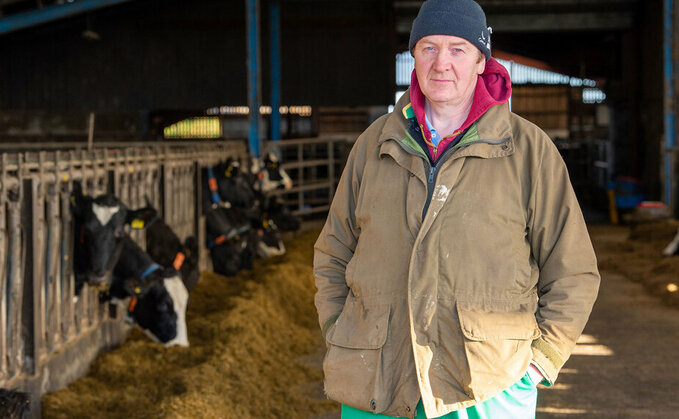
For one Scottish dairy farmer, switching to farming on an organic system highlighted room for improvement within his herd of top quality Holstein cattle. Hannah Noble reports. When he converted Queenscairn...

For one Scottish dairy farmer, switching to farming on an organic system highlighted room for improvement within his herd of top quality Holstein cattle. Hannah Noble reports. When he converted Queenscairn...